A live sighting of the spade-toothed whale has never been recorded.
The population size, diet, and habitat of this elusive whale remain unknown in the vast southern Pacific Ocean.
Surprising Discovery
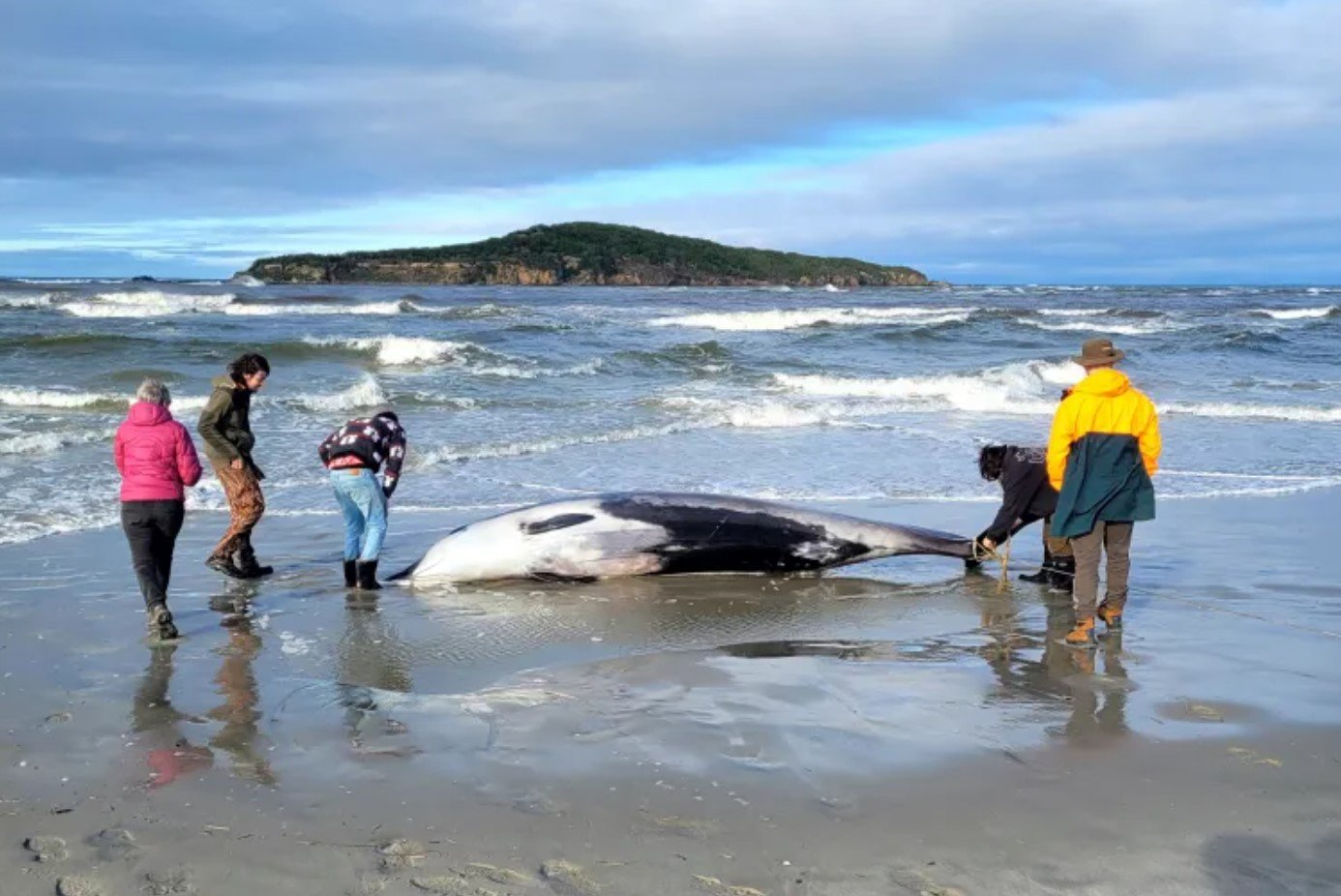
However, scientists in New Zealand may have made a significant breakthrough in uncovering details about the world’s rarest whale.
The country’s conservation agency announced that a creature found washed up on a South Island beach is believed to be a spade-toothed whale.
Groundbreaking Scientific Insights
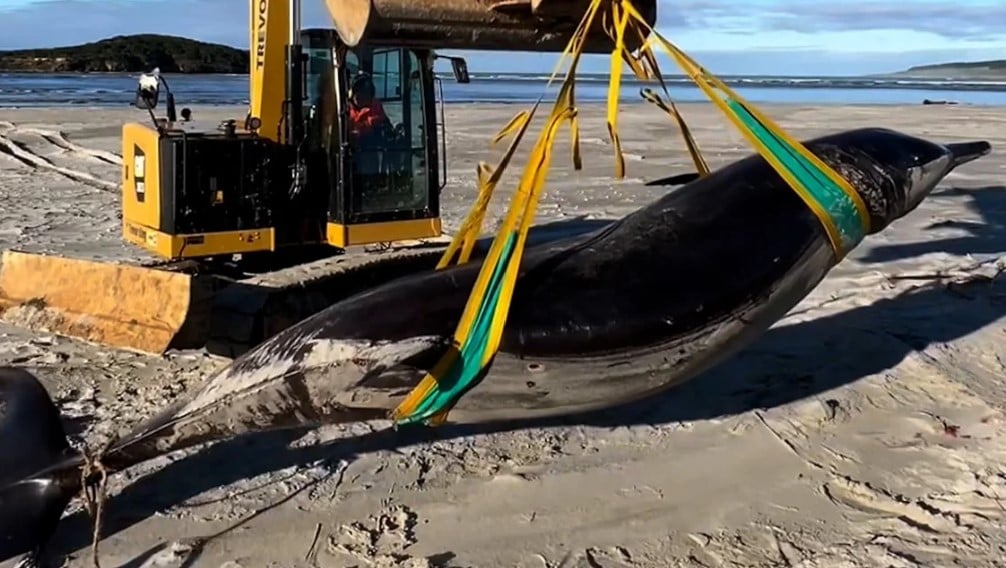
The five-meter-long beaked whale was identified on Otago beach by its color patterns and the distinctive shape of its skull, beak, and teeth.
“We know very little, practically nothing” about the creatures, said Hannah Hendriks, Marine Technical Advisor for the Department of Conservation. “This is going to lead to some amazing science and world-first information.”
Potential First for Scientific Dissection

If confirmed to be the spade-toothed whale, this specimen would be the first in a condition suitable for scientific dissection.
This would allow researchers to map its relationship to the few other known specimens, determine its diet, and possibly gather clues about its habitat.
Previous Specimens Buried Before Study
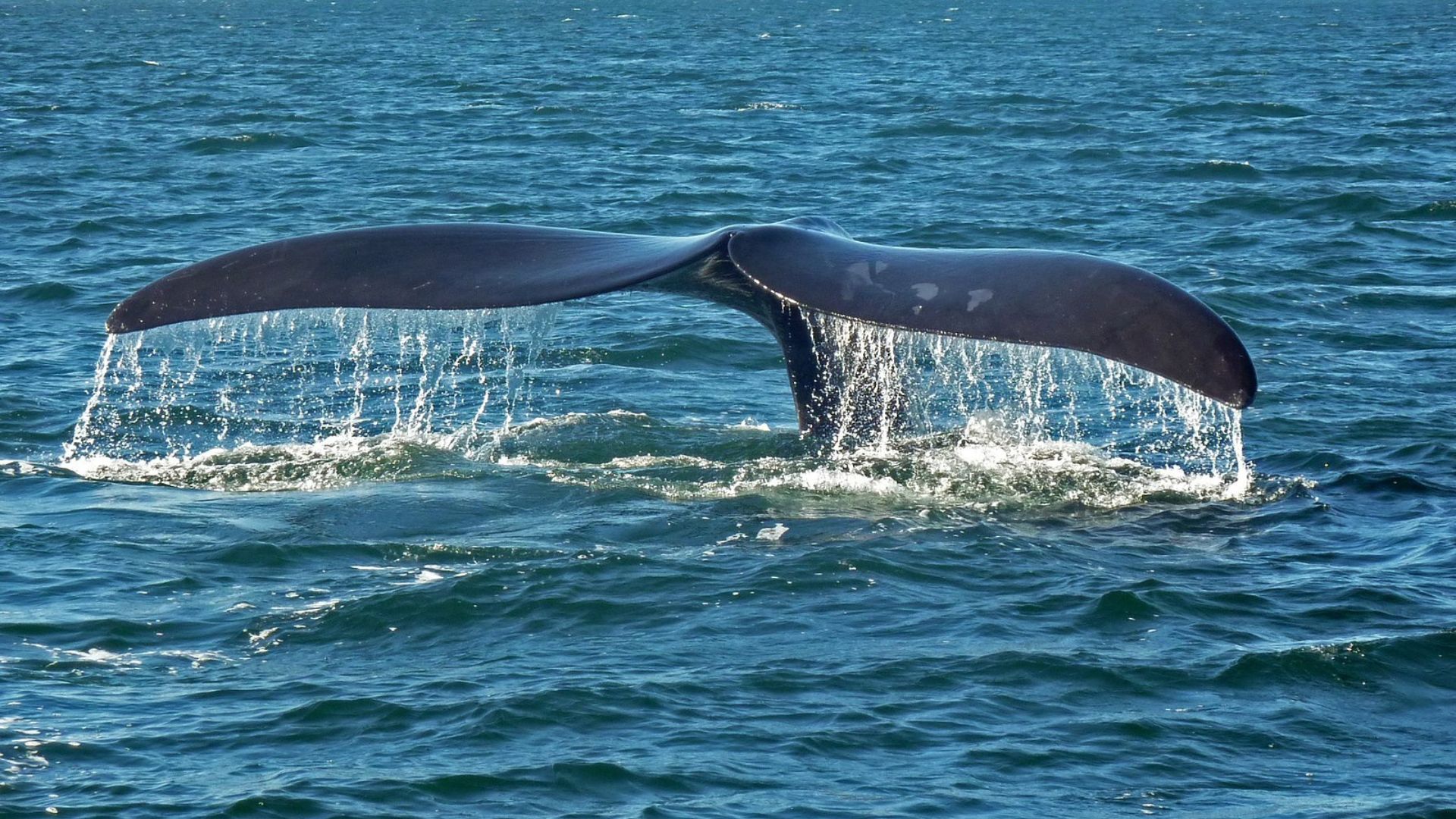
Only six other spade-toothed whales have ever been identified.
Previous specimens found intact on New Zealand’s North Island beaches were buried before DNA testing could verify their identification, according to Hendriks, thwarting any chance for study.
Examination with Māori Collaboration

This time, the beached whale was quickly moved to cold storage.
Researchers will collaborate with local Māori iwi (tribes) to plan its examination, as stated by the conservation agency.
Sacred Treasures

In New Zealand, whales hold significant cultural importance and are considered a taonga (sacred treasure) by the Indigenous people.
In April, Pacific Indigenous leaders signed a treaty recognizing whales as “legal persons,” though this declaration is not legally binding in the participating nations.
Whale Habitat Remains Unknown
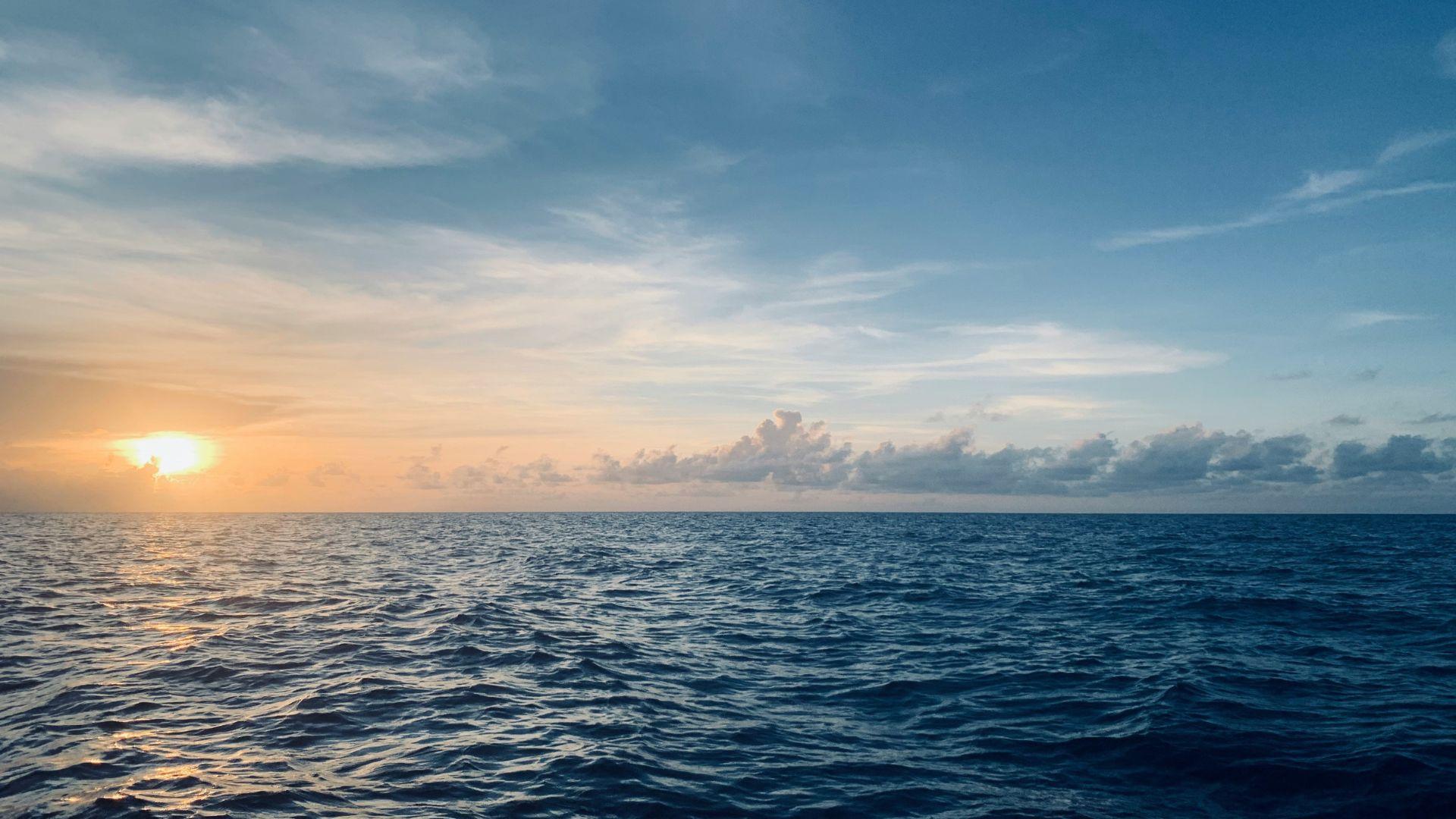
Currently, nothing is known about the habitat of these whales.
They likely dive deep for food and surface so infrequently that pinpointing their exact location is nearly impossible, beyond the general area of the southern Pacific Ocean, home to some of the world’s deepest ocean trenches. “It’s very hard to do research on marine mammals if you don’t see them at sea,” Hendriks said. “It’s a bit of a needle in a haystack. You don’t know where to look.”
Genetic Testing May Take Months

The conservation agency noted that genetic testing to confirm the whale’s identification could take months.
“It took many years and a mammoth amount of effort by researchers and local people” to identify these “incredibly cryptic” mammals, said Kirsten Young, a senior lecturer at the University of Exeter who has studied spade-toothed whales, in emailed comments. The new discovery “makes me wonder — how many are out in the deep ocean and how do they live?” Young added.
Historical Discoveries

The first spade-toothed whale bones were discovered in 1872 on New Zealand’s Pitt Island.
Subsequent discoveries were made on an offshore island in the 1950s, and on Chile’s Robinson Crusoe Island in 1986.
Extinction Status Remains Uncertain

DNA sequencing in 2002 confirmed that all three specimens belonged to the same species, distinct from other beaked whales.
Researchers couldn’t confirm if the species had gone extinct.
Previous Whales Misidentified as Other Species
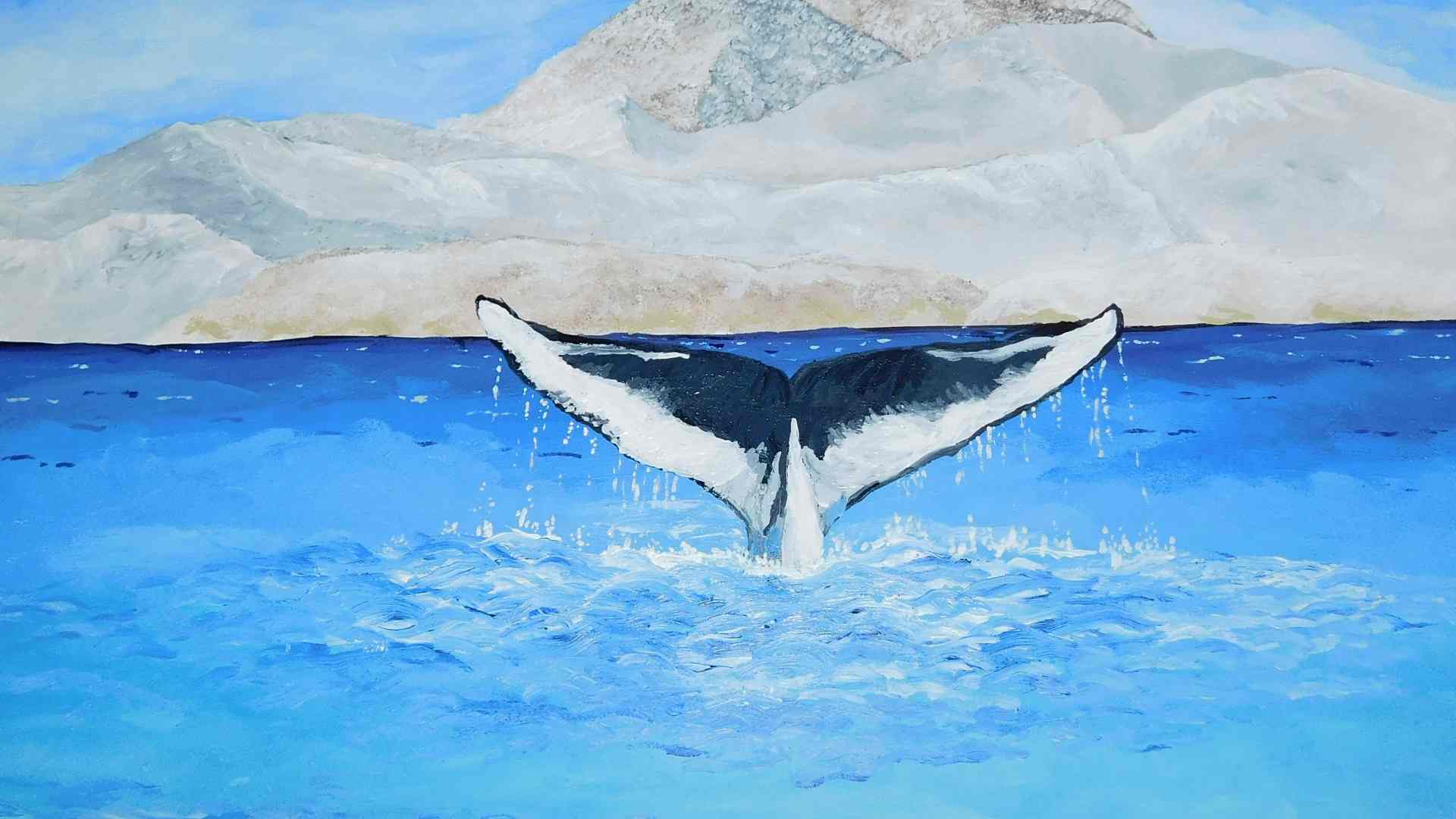
Then, in 2010, two dead spade-toothed whales washed up on a New Zealand beach.
Initially mistaken for one of New Zealand’s 13 other beaked whale species, tissue samples taken after their burial revealed them to be the enigmatic species.








































